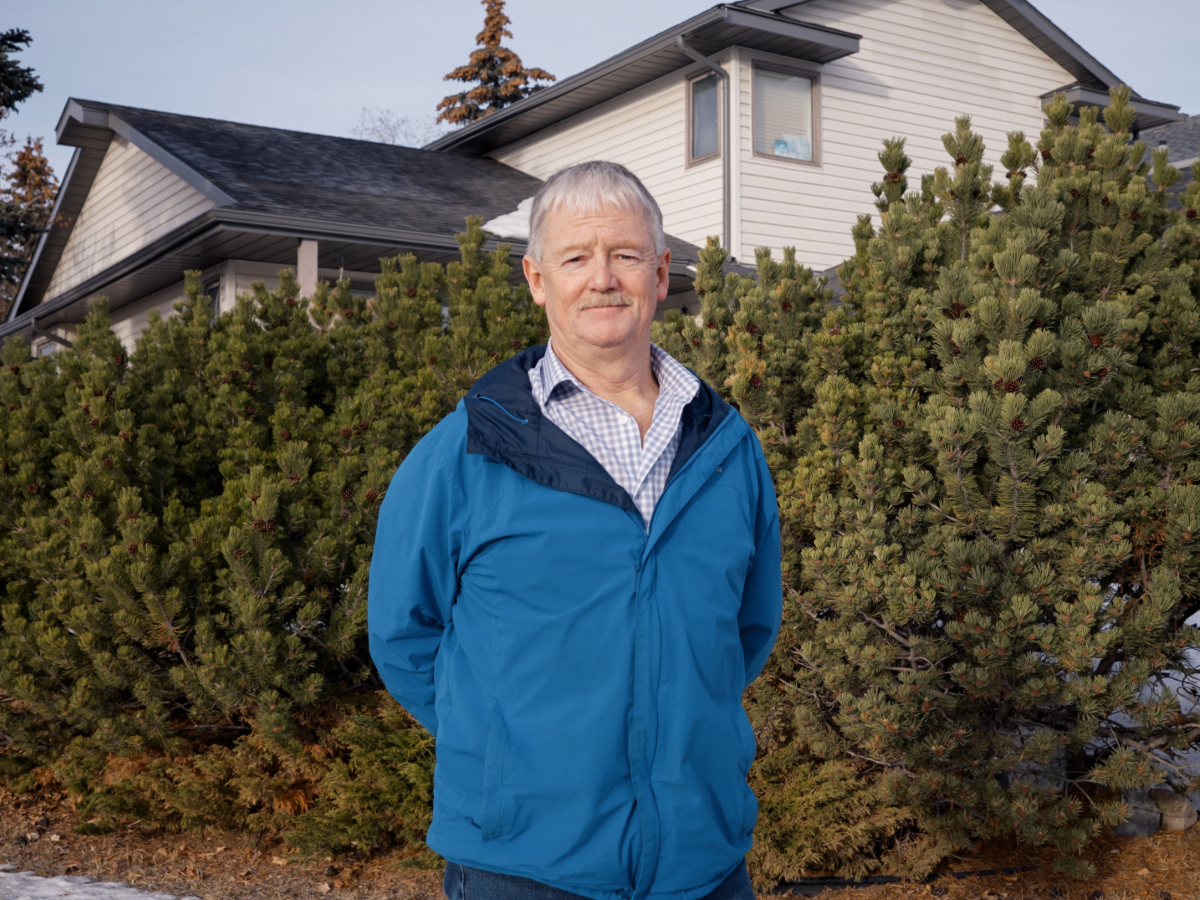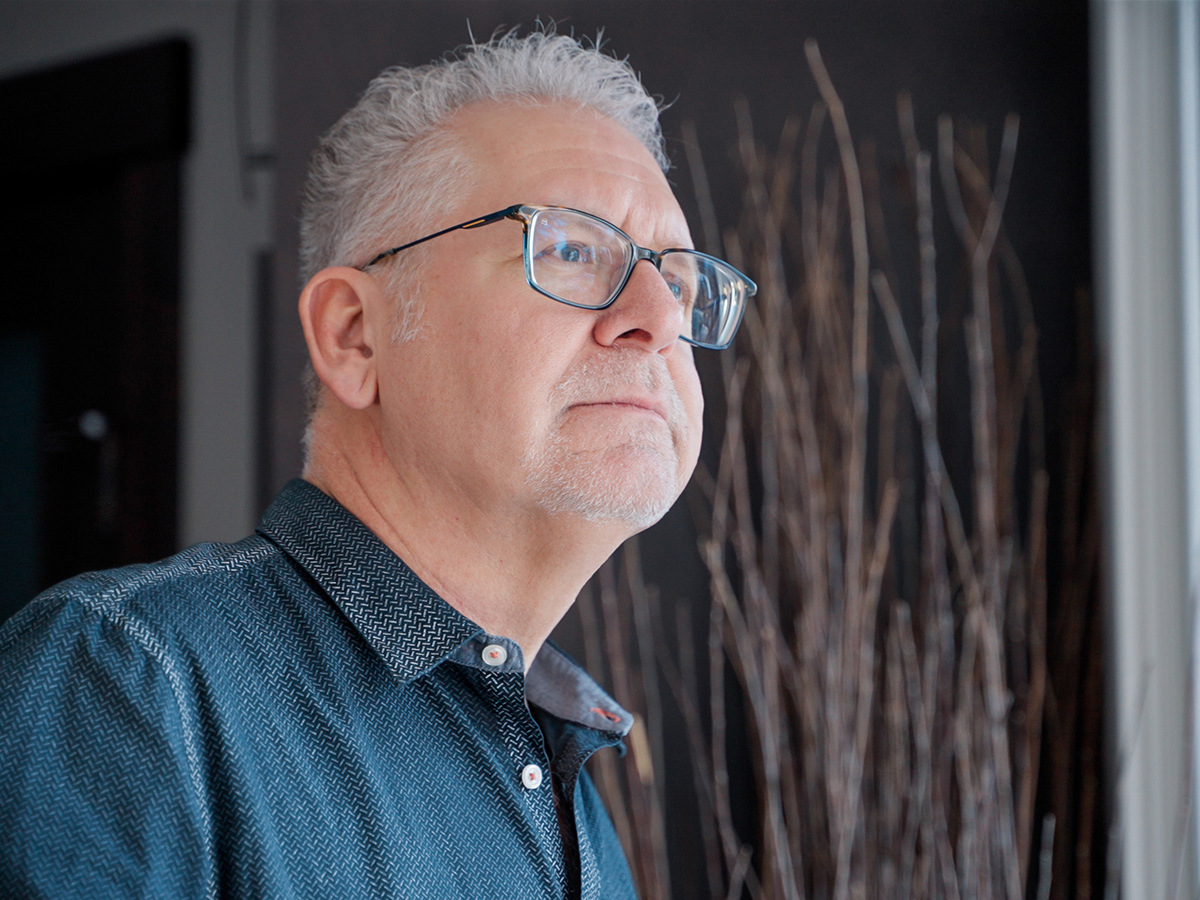

When it comes to saving for retirement, this question often weighs heavily on the minds of those who find themselves approaching their golden years.
Whether you’re in your 40s, 50s, or beyond, the answer isn’t a simple yes or no. In this article, we’ll delve into the nuances of retirement planning for late starters—individuals who are embarking on their retirement journey later in their careers. From the power of compounding returns to tailoring strategies to unique circumstances, let’s explore how you can build a robust retirement plan, even if you’re getting a later start.
Understanding compounding
When you save for retirement, compounding returns can work wonders over time. Compound returns occur when the investment earnings on the pension contributions you’ve made begin to accrue earnings on themselves. In short, compounding allows your savings to grow more rapidly. Here’s how it works:
- Consistent contributions:
- You and your employer contribute a certain amount (e.g., 6% matched) to your CSS Pension Plan account regularly (e.g., every two weeks or monthly).
- As you continue to contribute, your savings grow over time.
- Investment returns:
- Your CSS Pension Plan retirement savings are invested in the CSS investment funds (Balanced Fund, Equity Fund, Bond Fund, and/or Money Market Fund).
- These investments generate returns.
- Reinvesting returns:
- This is where the compounding effect becomes significant. Those investment returns stay in your pension account and continue to earn additional returns.
- Snowball effect:
- Over the years, the compounding effect snowballs.
- Your initial contributions, combined with reinvested returns, create exponential growth.
Example scenarios related to the power of compounding returns
- Early starter:
- Suppose you start saving at age 25 and contribute 6% of your $50k salary to your CSS Pension Plan account (your employer matches it, and you get a salary increase of about 2% per year).
- With an average annual return of 5%, by age 65, your total savings could be over $1 million! Depending on a couple of factors, that $1 million is about $3500 to $4000 in monthly pension.
- Late bloomer:
- Now consider someone who starts at age 45 with the same contribution (6% on $50k salary; matched by the employer, with a salary increase of about 2% per year).
- Even though they have only 20 years until retirement, compounding can still boost their savings.
- With an average annual return of 5%, by age 65, your total savings could be around that ¾ of a million mark (about $267k)! Depending on a couple of factors, that account balance is about $1k in monthly pension.
- Even if our fictional late bloomer started at about age 50 – in similar scenario as above, the total savings is about $170k, which is about $650 in monthly pension.

Key takeaways related to the power of compounding returns
- Start as early as you can: The earlier you begin, the more time your money has to compound. Starting late is not the end of the world – there are other retirement planning strategies for you to consider.
- Consistent contributions: Regular contributions fuel the compounding process.
- Patience pays off: Be patient—the real magic happens over decades.
The key takeaway is that there are benefits to saving for retirement, even later in life. While the compounding effect may not be as pronounced as for someone who started earlier, every dollar saved counts. Consistent contributions, smart investment choices and a diversified portfolio can make a difference.
Strategies for late starters
Debt considerations / Additional voluntary contributions (AVCs)
- Low or no debt:
- For individuals with little or no debt, focusing on retirement savings becomes more feasible.
- They can allocate a larger portion of their income toward retirement savings into their CSS Pension Plan (as AVCs), Registered Retirement Savings Plan (RRSP) and Tax-Free Savings Accounts (TFSAs). AVCs are unmatched contributions members can make on top of their required matched contributions to the CSS Pension Plan, which can help to maximize a pension’s growth.
- High debt burden:
- On the other hand, those with significant debts (such as credit card debt or student loans) need to strike a balance.
- Paying down high-interest debt should be a priority, but not at the expense of neglecting retirement savings.
Income replacement and pension plans
- Annual employment income:
- Consider your future retirement annual income. Will government programs like Canada Pension Plan (CPP) and Old Age Security (OAS) provide sufficient income replacement? Have you considered deferring the start of these programs?
- Additionally, evaluate does your current savings leave you with your income replacement?
- What is your target income replacement?
- Do you plan to live a very similar life in your retirement as you have in your working years? Will your expenses go up or down?
Seeking professional guidance
Each person’s situation is unique, and their retirement plan should reflect that. Talking to a financial advisor is crucial. At CSS (your friendly neighborhood financial advisors), we offer complimentary consultations to help individuals tailor their retirement strategies. Our advisors can create personalized scenarios that highlight the variability of retirement plans for late starters.
Member Moment: A real-life example
Joan is a CSS Pension Plan member. She is about 40 years old and has been saving into the pension for about five years. She met with one of the CSS Retirement and Pension Advisors and they discussed how a TFSA might be a valuable tool for her situation (she had some inheritance money), and how AVCs might look in her retirement plan. Joan hadn’t thought about these options and didn’t realize that a few changes could help her out so much.
Remember, it’s never too late to start planning for retirement. Let’s work together to create a roadmap that aligns with your unique circumstances and aspirations.
.png?width=1200&height=900&name=css-23-Snowball%20(1).png)







.png)








































